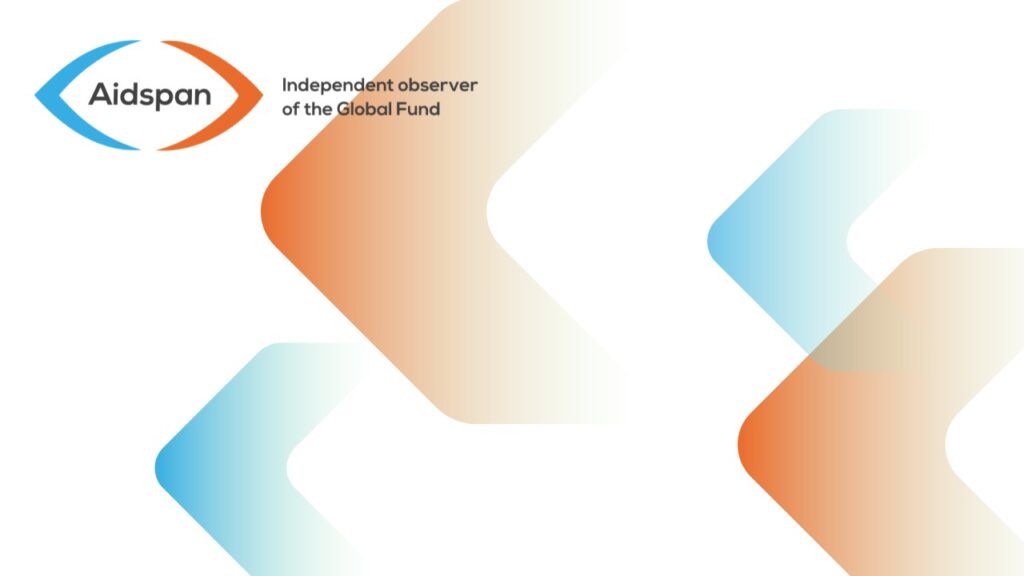
What is a valid CCM?
Author:
Bernard Rivers
Article Type:Article Number: 7
ABSTRACT The Global Fund is in a precarious financial plight. The Board's Resource Mobilization Committee is primarily composed of people who would rather be somewhere else. How can the Fund meet its mission if it pays so little attention to fundraising?
The Global Fund is in a precarious financial plight. Of the $7.9 billion that the Fund needs to receive during 2003 plus 2004, only $1 billion has been pledged.
The Fund has been in formation since mid-2001. Yet it was only after fifteen months, at its October 2002 meeting, that the Board established a Resource Mobilization Committee and three other Board committees. (“Resource Mobilization” is the polite term for “raising money”.)
At the October meeting, each Board member was requested to express a preference for membership in up to three of the four Board Committees. Astonishingly, not one of the seven Board members representing a North country, and not one of the seven Board members representing a South country, used any of his or her three options to join the Resource Mobilization Committee.
As a result, most of the people who were eventually appointed to the committee are reluctant recruits. The committee is chaired (possibly reluctantly) by Dr. Kiyonga of Uganda. But he has many other responsibilities, not least chairing the entire board. And, in another indicator of the skewed priorities of the Board, and possibly of the Secretariat, the Resource Mobilization Committee has still not held its first meeting. (Another such indicator is that resource mobilization was placed last on the agenda of the October meeting, and did not start to be discussed until after the meeting was supposed to be over.)
This is completely unacceptable. Every single day, over 8,000 people die of the three diseases that the Fund was established to tackle. Every single day, weekends and holidays included, the Fund needs – by its own goals – to raise $11 million. Some of the world’s most prominent NGOs employ large teams of people to raise that daily target in an entire year. How can we expect $11 million to be raised every day under the leadership of a committee made up primarily of people who would rather be somewhere else? How can we expect the Fund to meet its mission, or indeed to survive, if it pays so little attention to fundraising? How many people would invest in a company whose attitude to sales was equivalent to the Global Fund’s attitude to fundraising?
The Board meeting from 29-31 January represents “crunch time”. Two things must take place at the meeting. First, when the TRP designates a proposal as being worthy of approval, and the Board agrees with that evaluation, the Board must declare that the proposal is either “Approved, for funding as soon as a grant agreement is signed”, or “Approved, but on hold pending the availability of adequate funding.” Such a proposal must not be rejected in a way that leaves it unclear whether it was the proposal or the funding that was inadequate. Second, the Board must develop, approve and commence implementation of a viable plan to raise $7.9 billion in under two years.
Global Fund Observer will be in Geneva to report on the Board meeting. A day or two after the meeting ends, GFO will email to subscribers an issue of the Newsletter that describes and evaluates whatever fundraising plan the Board approves at that meeting.
[Bernard Rivers (mailto:documents@aidspan.org) is Executive Director of Aidspan and Editor of its GFO Newsletter.]
